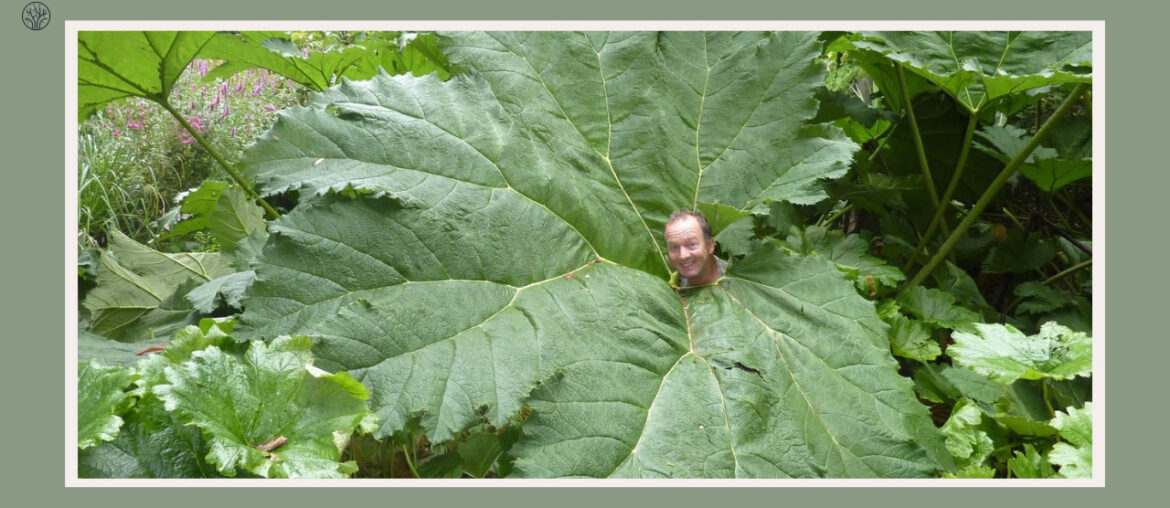Leaves are the most noticeable features of trees, making each species unique. While some trees have unique colors for their leaves, others charm with their lance or heart-shaped foliage, and some don’t even have leaves at all. Yet, these distinctive traits are found in just a handful of species. The majority of trees have green leaves, a color that has become synonymous with the environment and nature’s vitality.
But, having the universal green doesn’t mean these trees lack individuality. Some stand out by growing extraordinarily large leaves that are sure to turn heads. The Raphia regalis, a species of palm, is famous for having the biggest leaf in the world. Let’s take a look at this amazing tree and some other plants that also have huge leaves.
Raphia Regalis
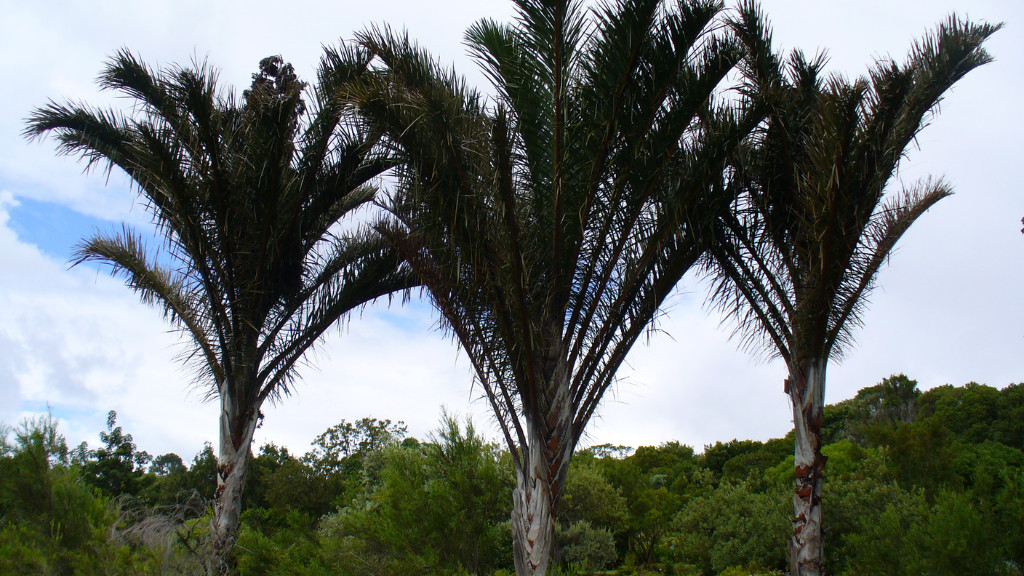
The Raphia regalis is a plant that stands out among the rest, with its enormous leaves that look like nature’s own flags. This palm tree grows in the tropical forests of Africa, where it towers over other plants and catches the sun’s rays with its wide and long leaves.
How Big Are The Leaves Of Raphia Regalis?
The leaves of Raphia regalis are astonishing, reaching up to 80 feet in length and 10 feet in width. These measurements easily make them the tree with the biggest leaf in the world. The large size of these leaves helps the plant to get enough sunlight in the crowded forest, ensuring its survival and growth.
Why Are The Leaves Of Raphia Regalis Important?
The leaves of Raphia regalis are not only big but also useful. They provide shelter and home for many animals, while also being a valuable resource for humans. People have used the fibrous material of the leaves to make ropes and baskets, showing the plant’s versatility beyond its size.
A Once-in-a-Lifetime Bloom
Raphia regalis has a unique life cycle, as it flowers only once before it dies. After flowering, it produces a lot of seeds, making sure that new plants will grow, before the parent plant withers away. This rare event is a sight to behold, attracting plant lovers from around the world to see the palm’s final, glorious show.
5 Biggest Leaves In the World, Except Raphia Regalis
Raphia regalis is not the only plant with enormous leaves. Many other plants have leaves so big that they can astonish anyone who sees them. Here are some of the leafy giants that share the same club as Raphia regalis.
1. Empress Wu Hosta
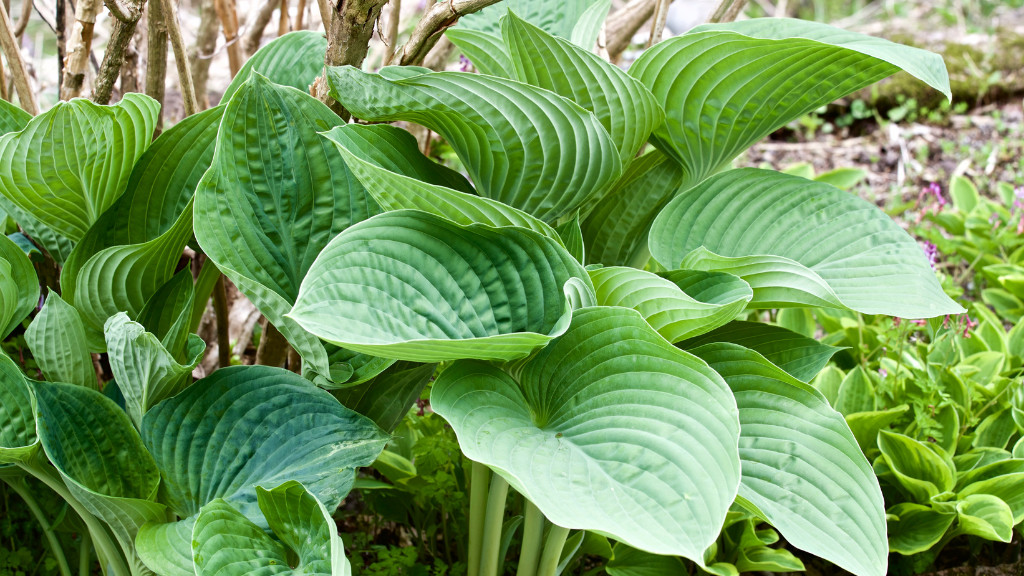
Empress Wu Hosta is a plant that deserves its royal name, with leaves that can reach up to 2 feet long. This plant is popular among gardeners not only for its size but also for its dark green color and beautiful texture. The leaves are thick, deeply veined, and have a certain weight to them, making the Empress Wu Hosta a stunning addition to any shady garden spot.
It takes a long time to grow, about 5 to 8 years, but the result is worth the wait when you see the magnificent shade of its leafy canopy.
2. Victoria Amazonica
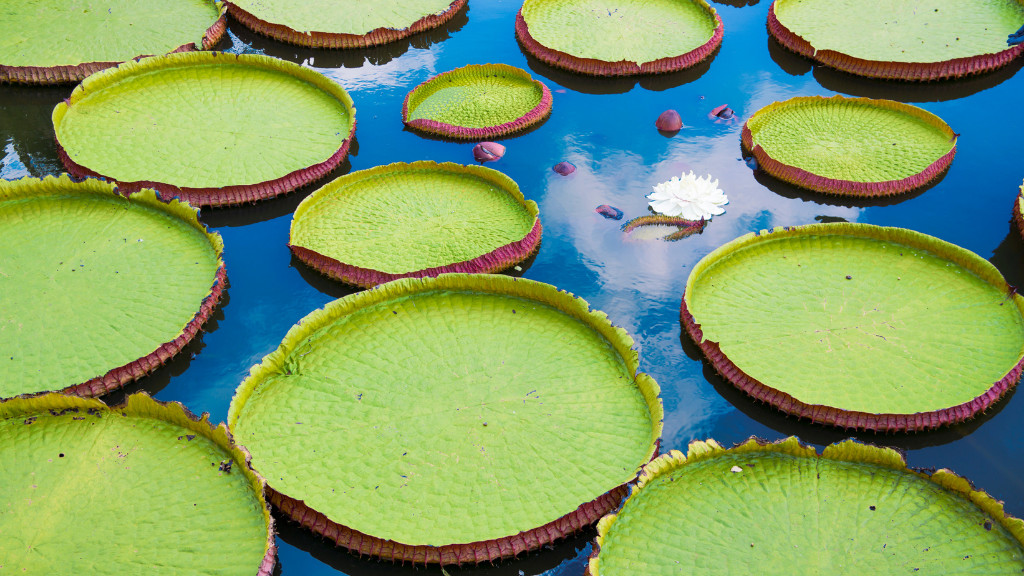
Victoria amazonica is a water plant that has leaves that can be as big as 10 feet across. They float on water like green discs that could easily support a small child. Native to the still waters of the Amazon River basin, these leaves are not just large; they’re structurally complex, with upturned edges and a network of ribs underneath that help them stay afloat.
The Victoria amazonica is not only a record-holder for its size but also a symbol of the Amazon’s rich and diverse ecosystem.
3. Aloe Marlothii
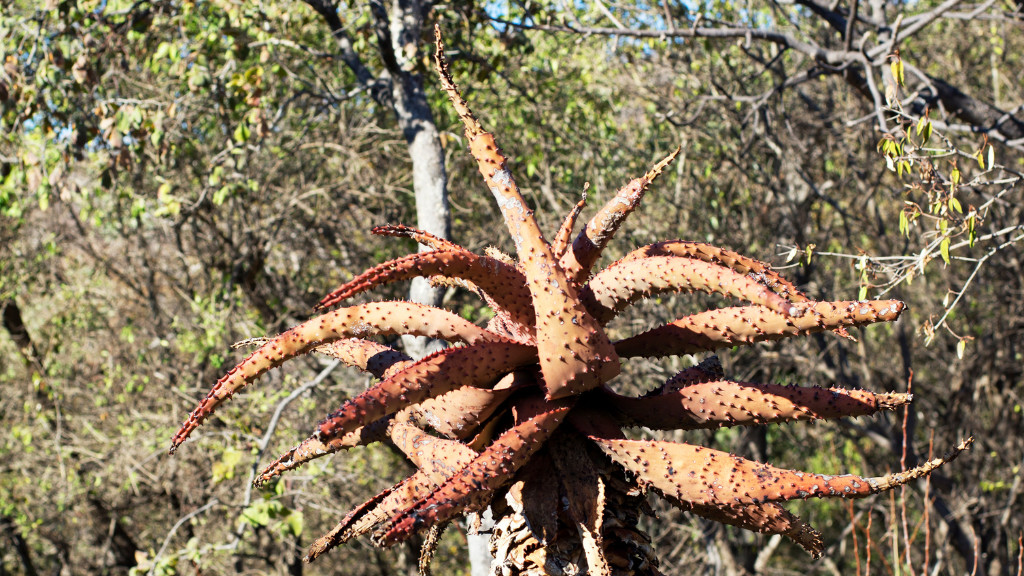
Aloe Marlothii, commonly referred to as the mountain aloe, is a striking succulent that has robust, spiky leaves. These leaves can reach lengths of up to 5 feet, showing how nature can make strong and beautiful structures.
The grey-green leaves have sharp thorns along their edges, which help the plant protect itself and survive in the dry regions of Southern Africa. The mountain aloe’s leaves are a sight to see, especially when the sun shines on them, making their red spines and their fleshy surfaces glow.
4. Lodoicea
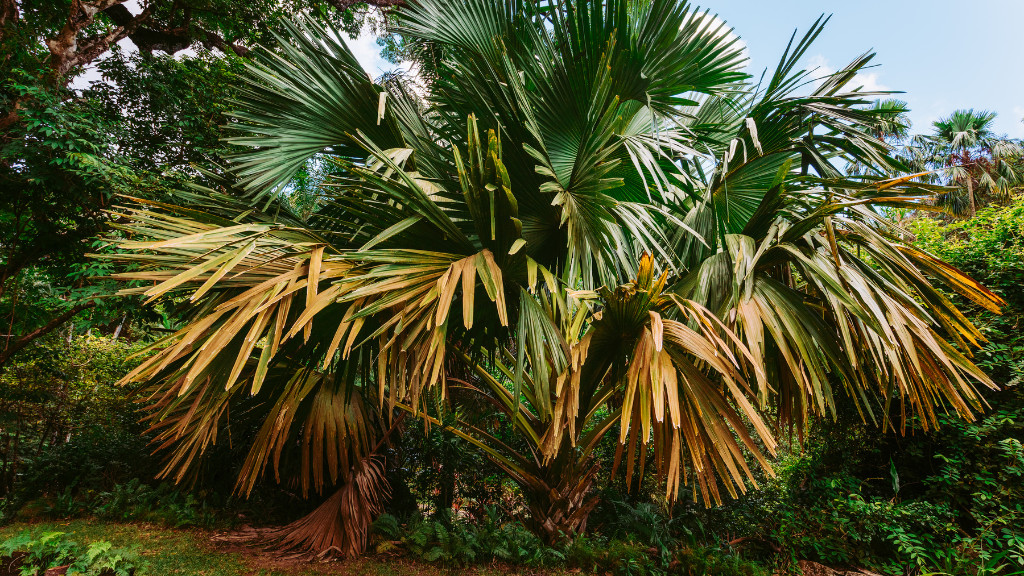
Lodoicea, often known as the double coconut or Seychelles nut, is famous for its massive seeds, but its leaves are equally impressive. A single leaf can grow to a staggering 20 feet in length, making them some of the largest leaves in the world.
They come from the Seychelles, an island group in the Indian Ocean, where they spread out in a beautiful display of greenery. They create a canopy that is not only pretty but also useful. These leaves not only provide shade but also play a crucial role in the water distribution and nutrient cycle of their island ecosystem.
5. Gunnera tinctoria
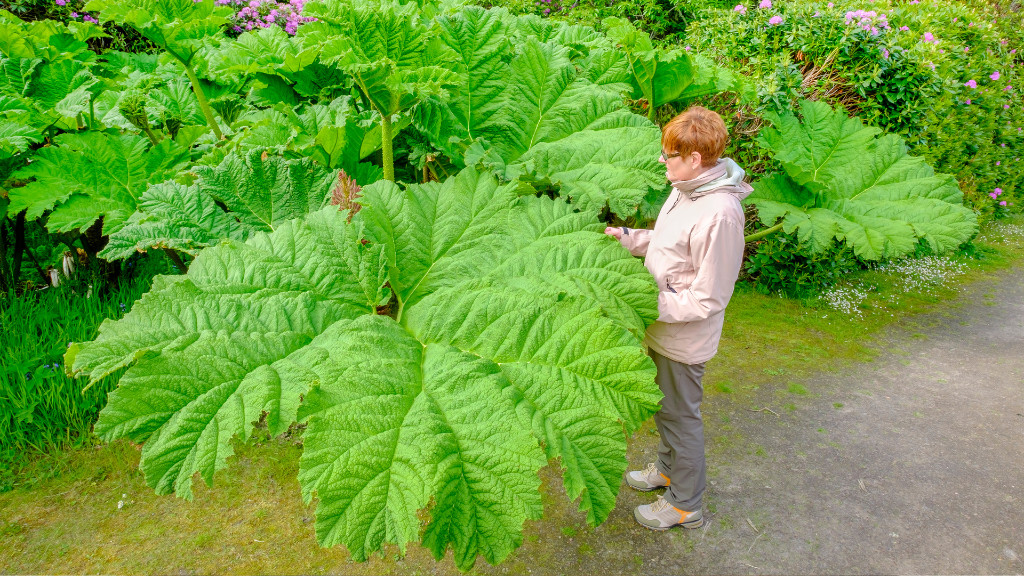
Although Gunnera tinctoria does not have the biggest leaf in the world, its leaves are also huge. Native to the cool climates of Chile and Argentina, the giant rhubarb thrives in damp conditions, often found near streams and ponds. Its massive leaves create a dense canopy, which can overshadow nearly everything else in the vicinity.
The size of Gunnera tinctoria’s leaves is a remarkable adaptation to capture sunlight in competitive, high-density environments.
FAQs
Can Giant Taro be eaten?
Yes, the Giant Taro is not just a plant with impressively large leaves; its corms are also edible. In many cultures, particularly in the Pacific Islands, the corms are a staple food source. The leaves, while not edible, are often used as natural wraps for cooking.
What is the smallest leaf in the world?
The smallest leaf in the world belongs to a kind of watermeal, called Wolffia globosa. These tiny plants are barely visible to the naked eye, with each leaf measuring a mere 0.5 to 2 millimeters in length. They float on the surface of still waters, often forming a green carpet that’s easily overlooked. We also have trees with no leaves.
What is the largest plant in the world?
The biggest plant in the world is the Posidonia oceanica, which is also known as Neptune grass or Mediterranean tapeweed. It’s a species of seagrass that can form underwater meadows covering thousands of hectares. One single organism, connected by a vast root system, can live for thousands of years and span over 15 kilometers in length.

